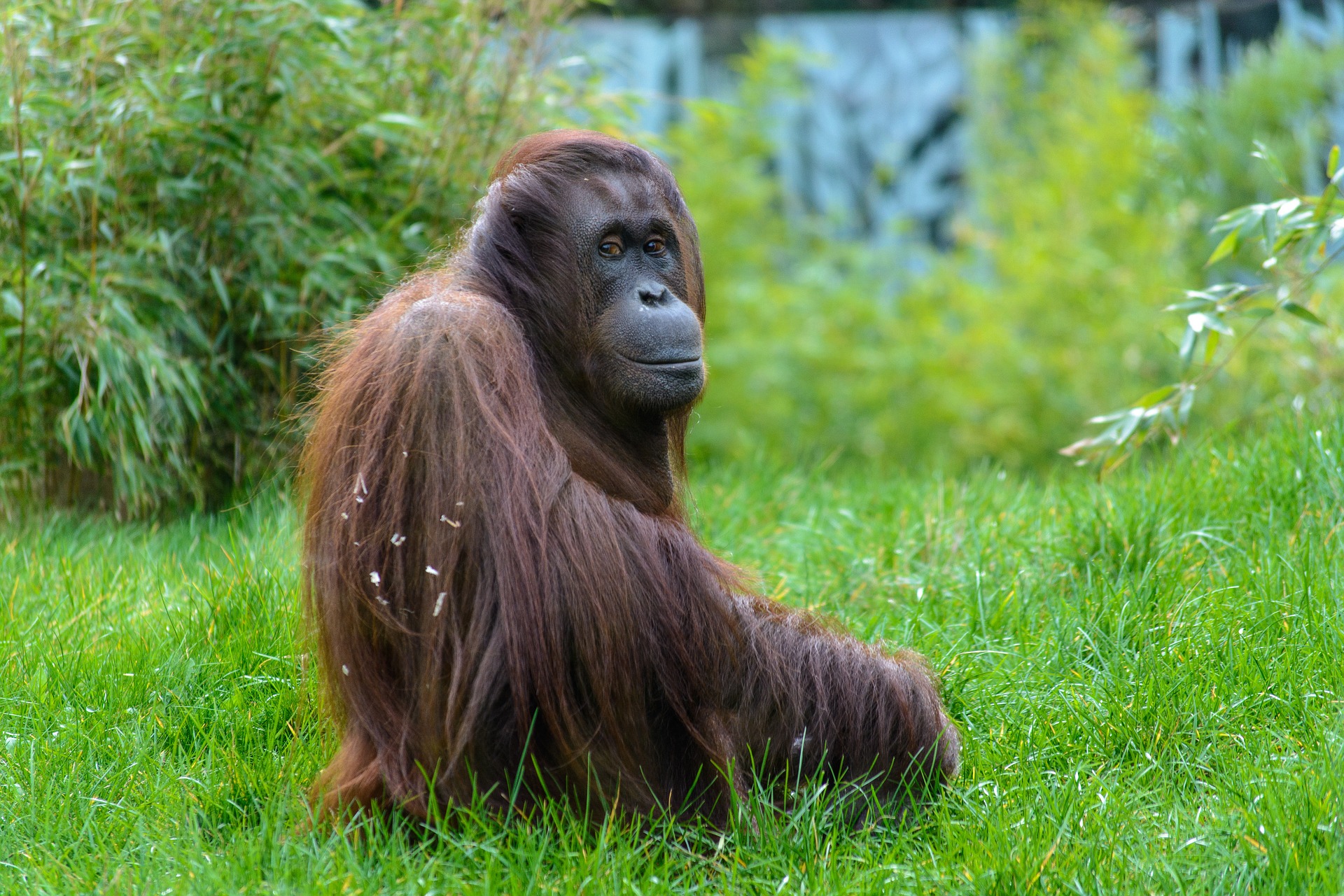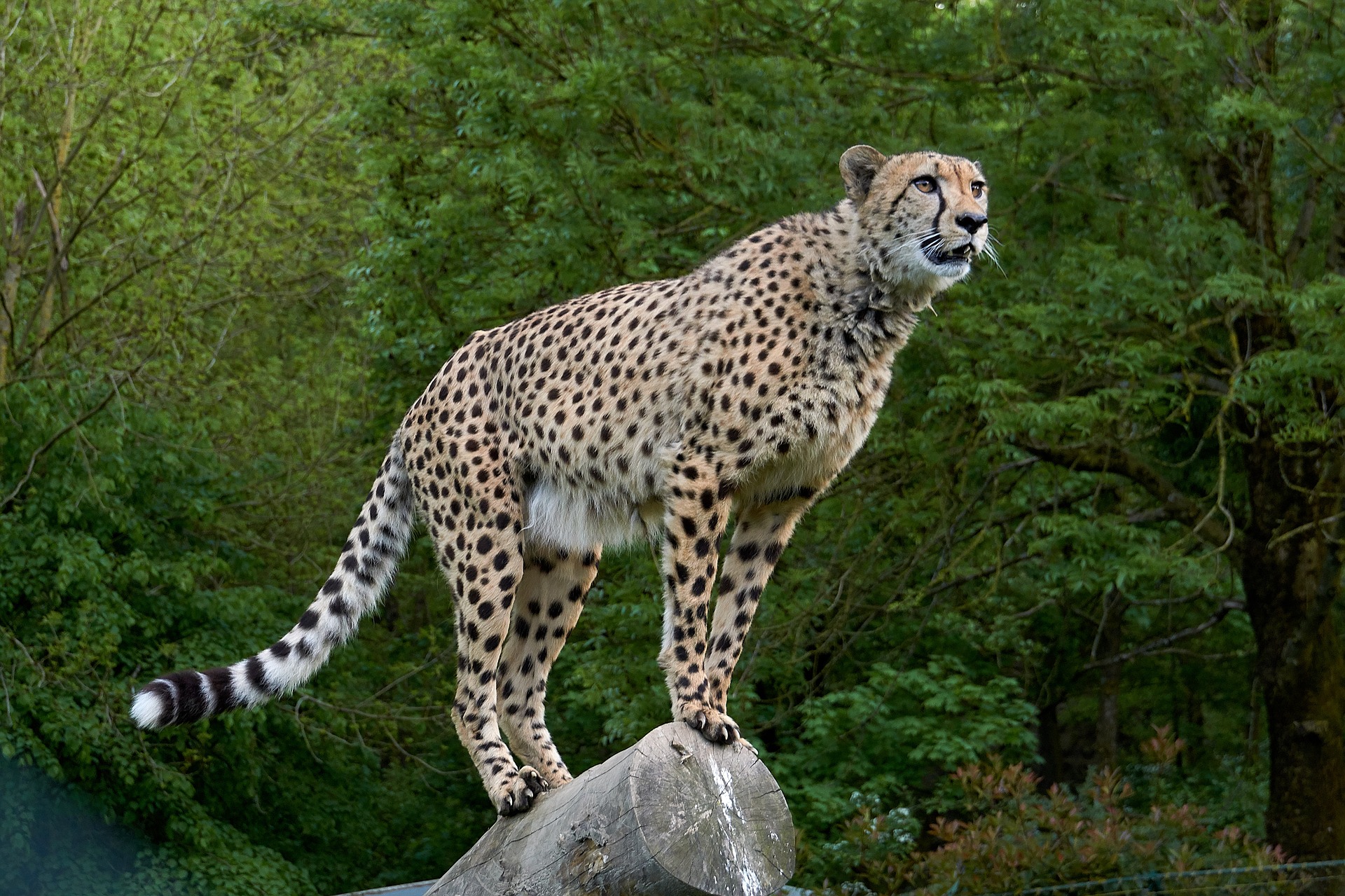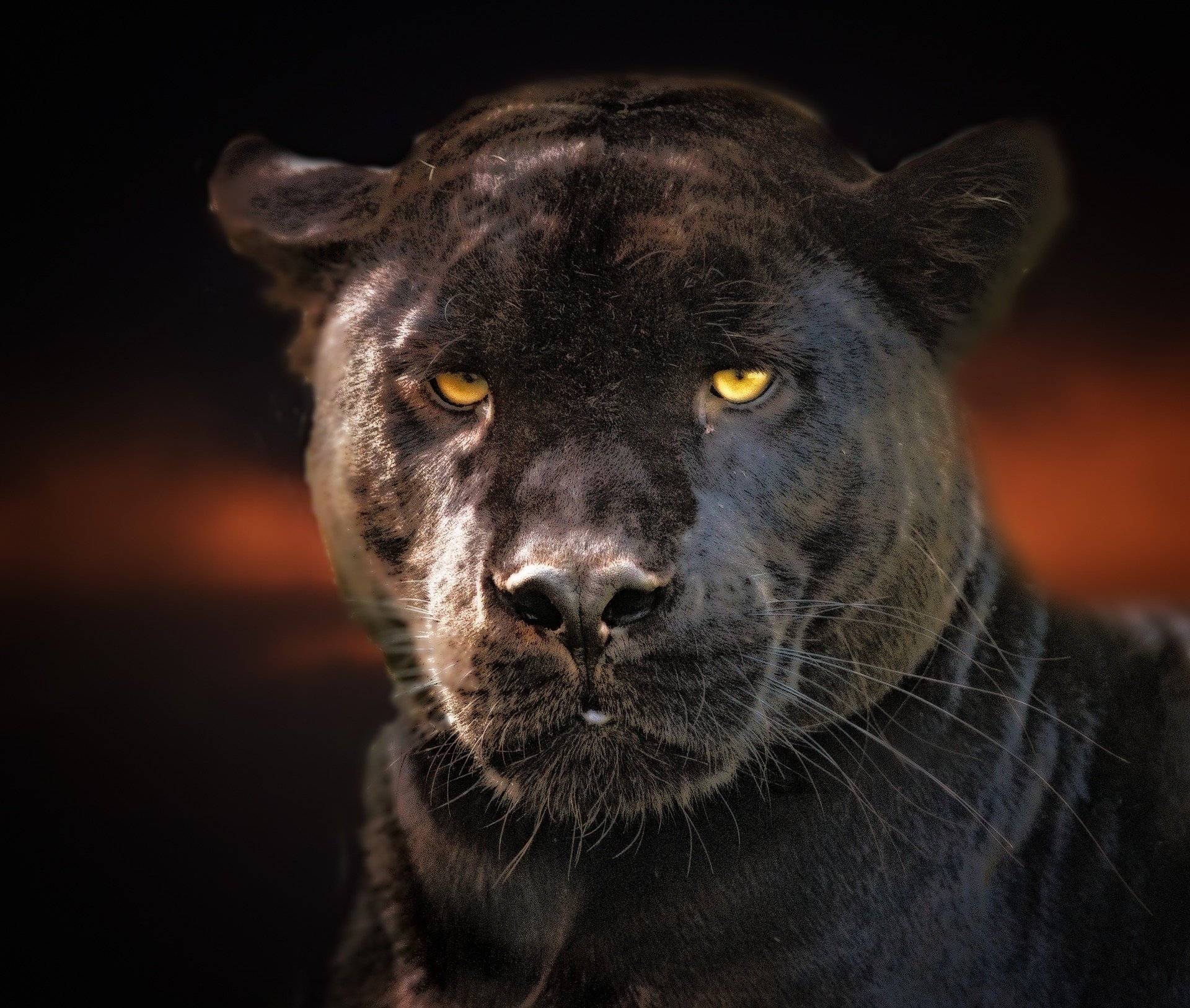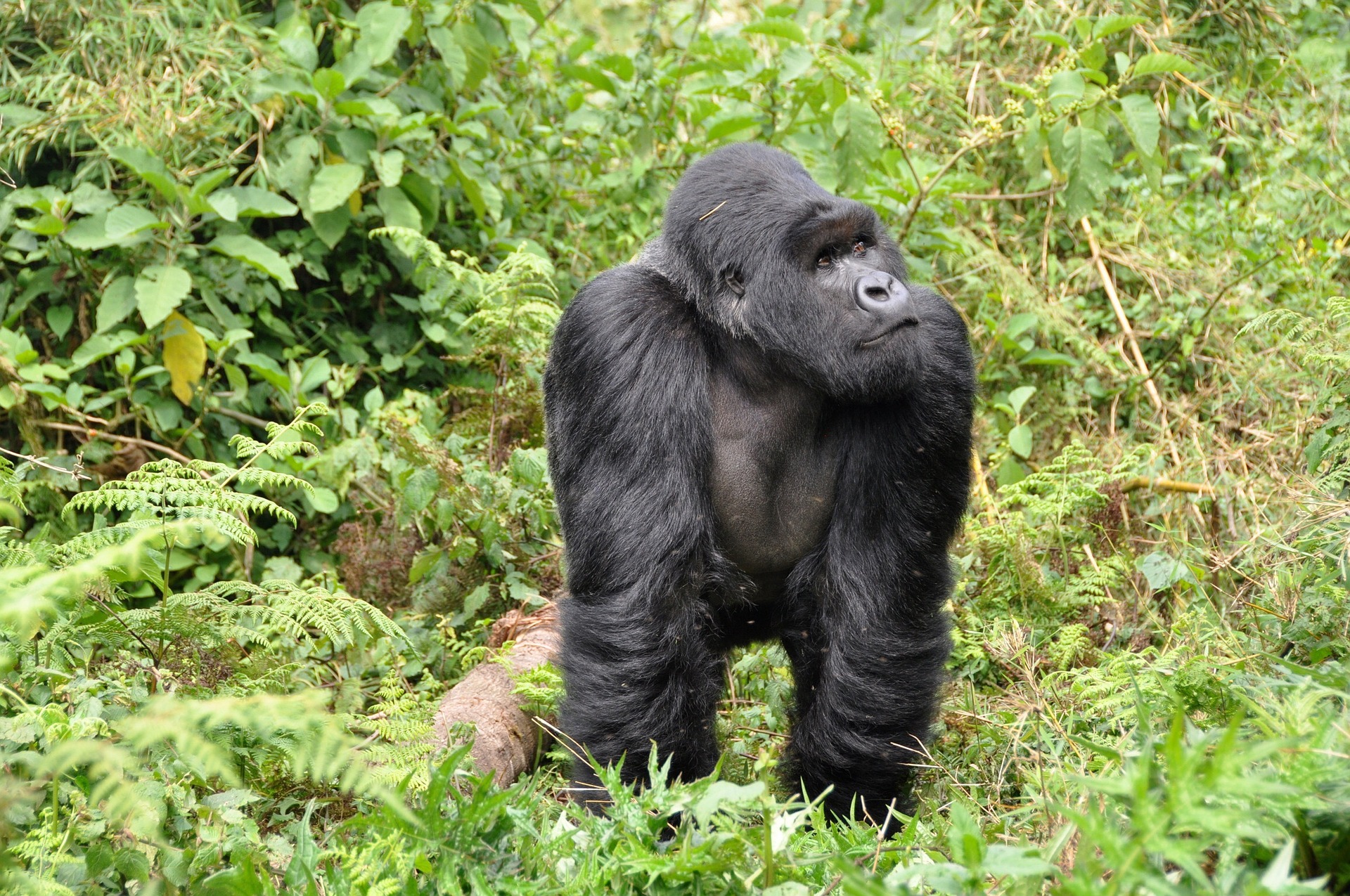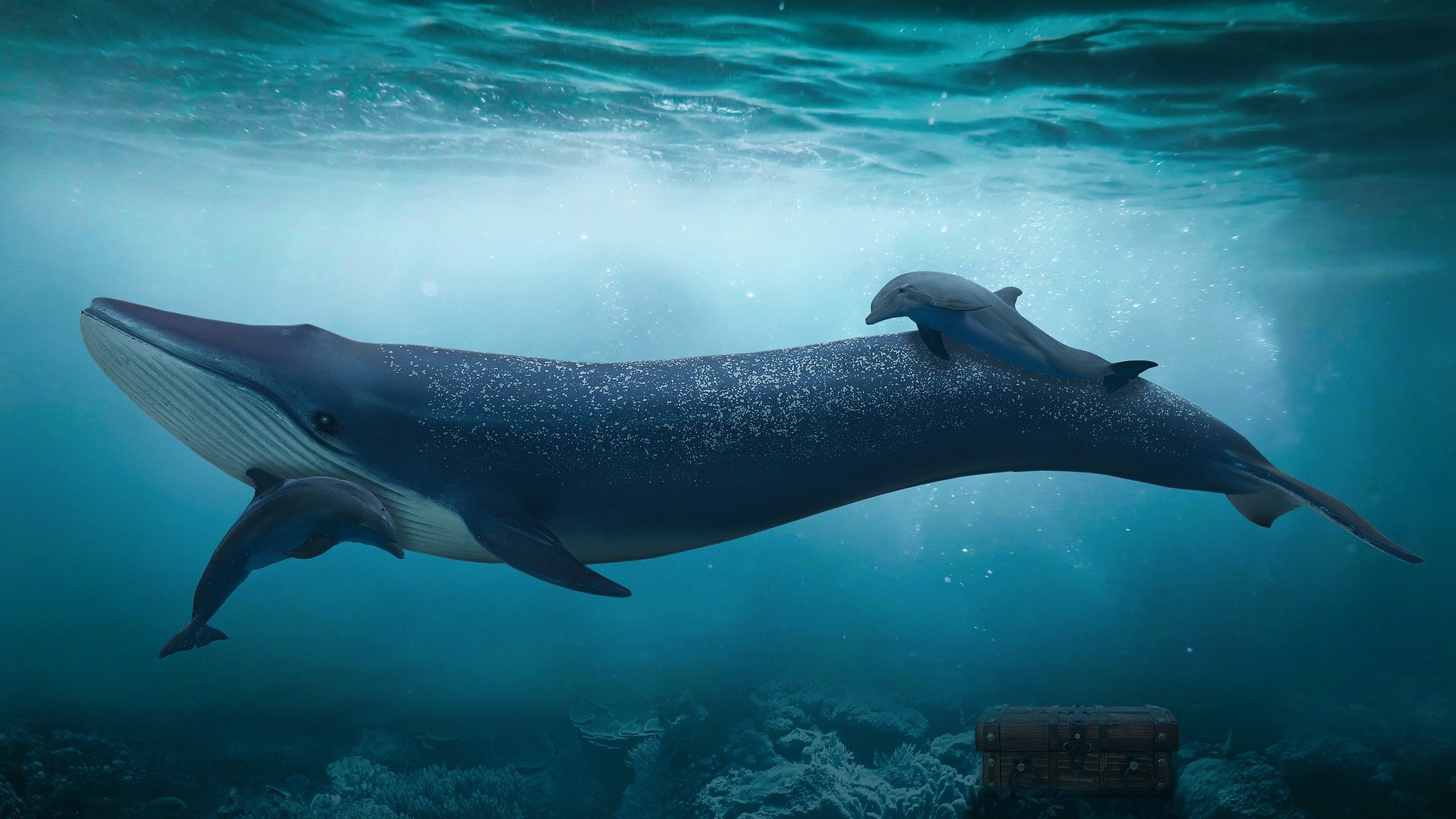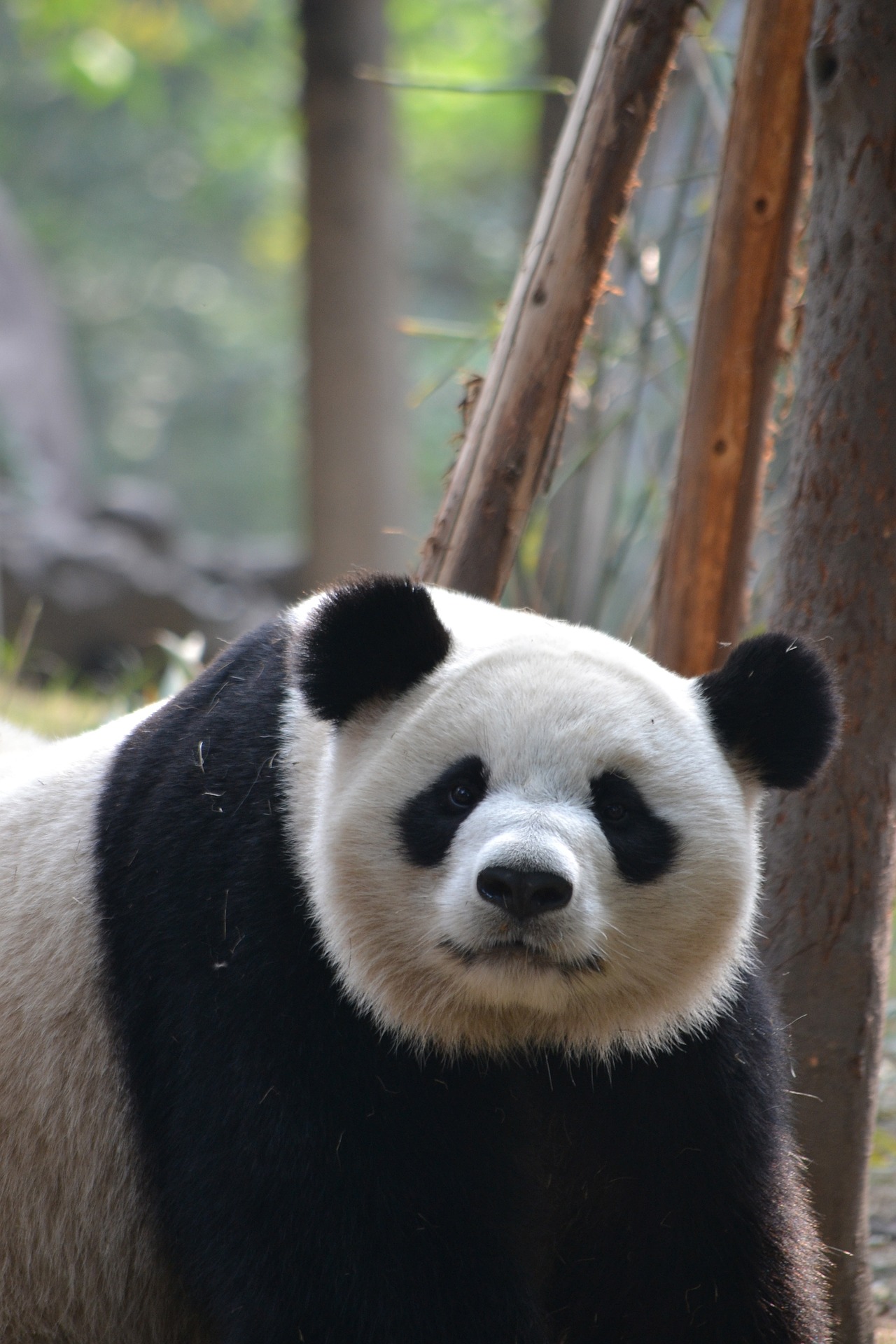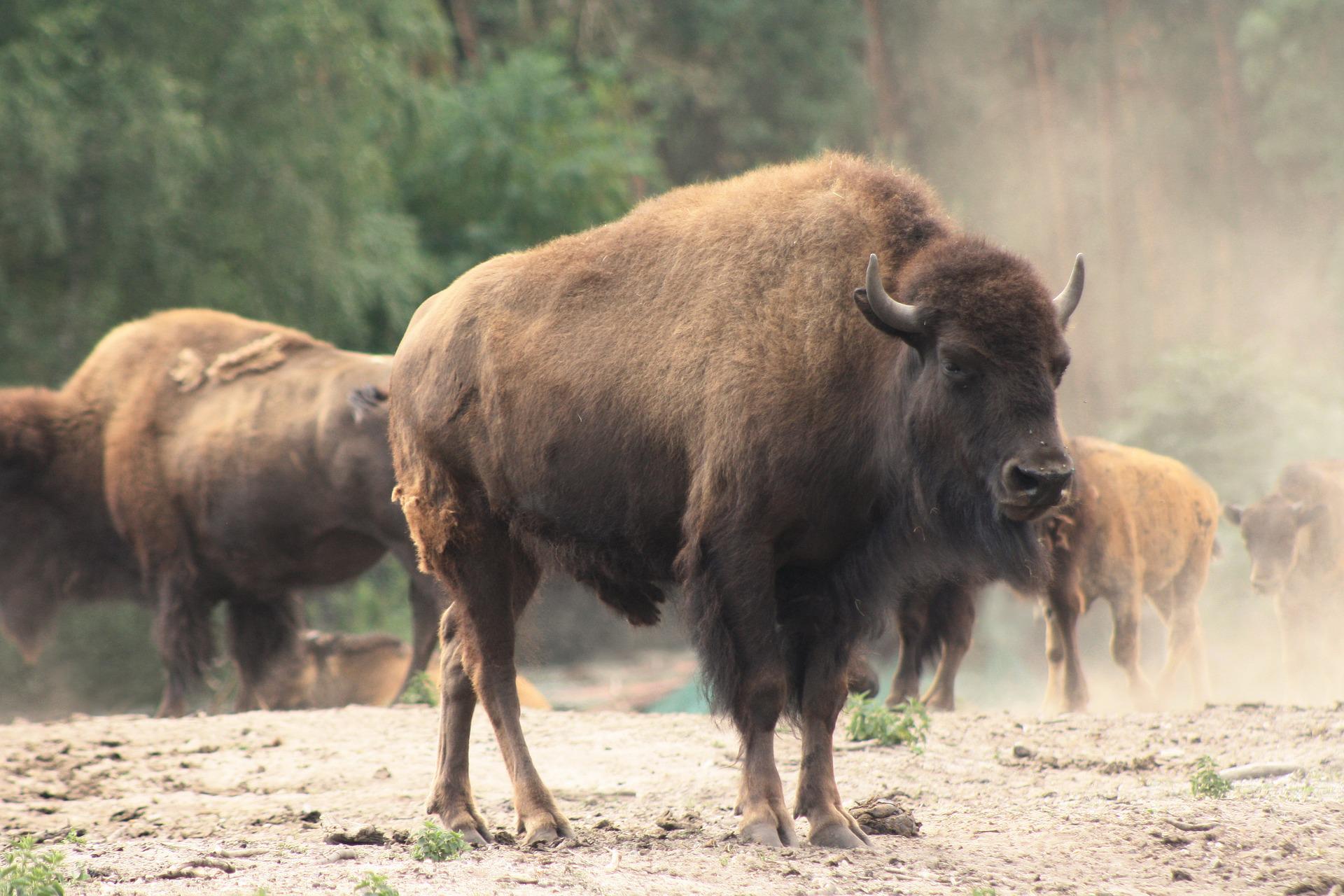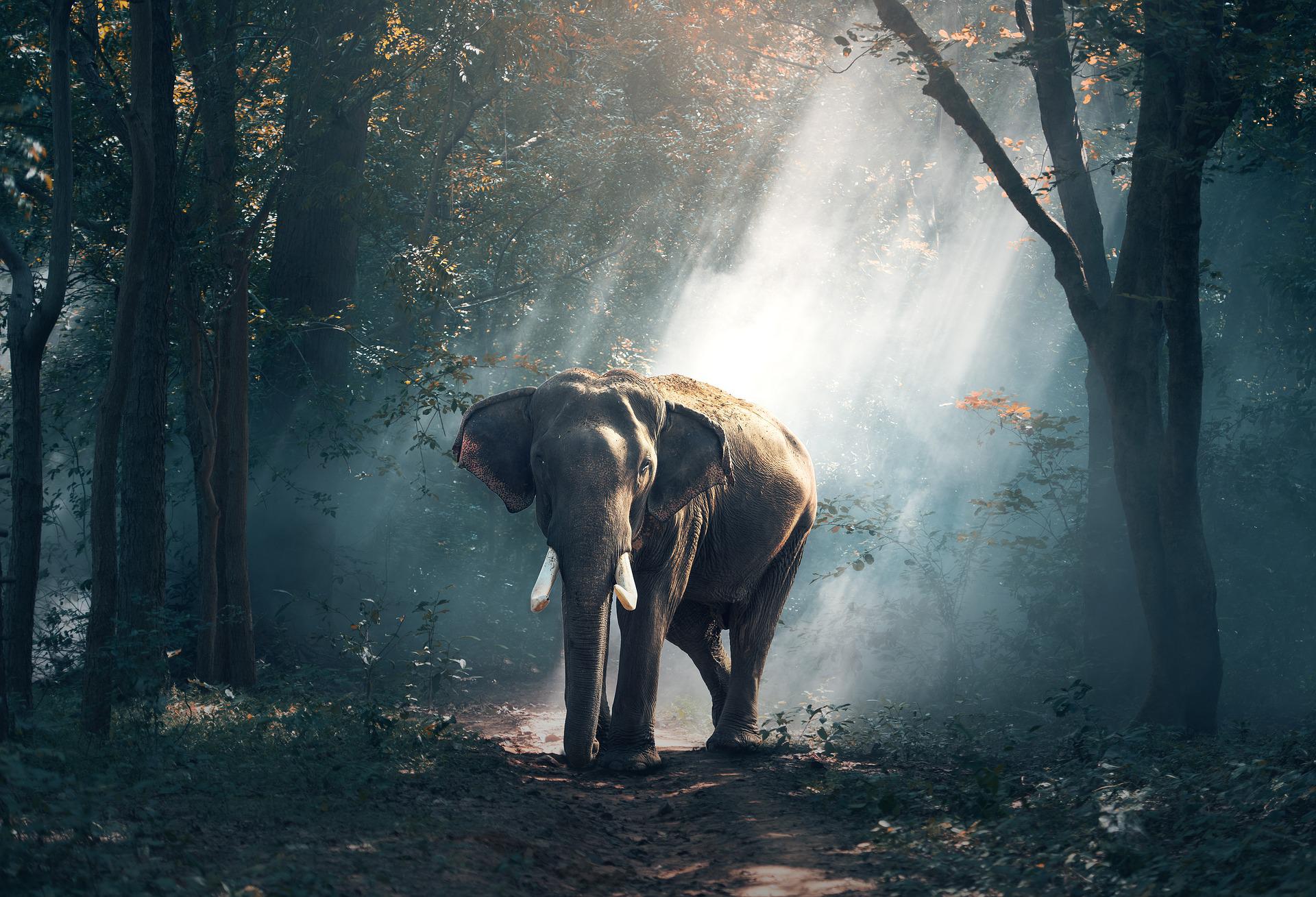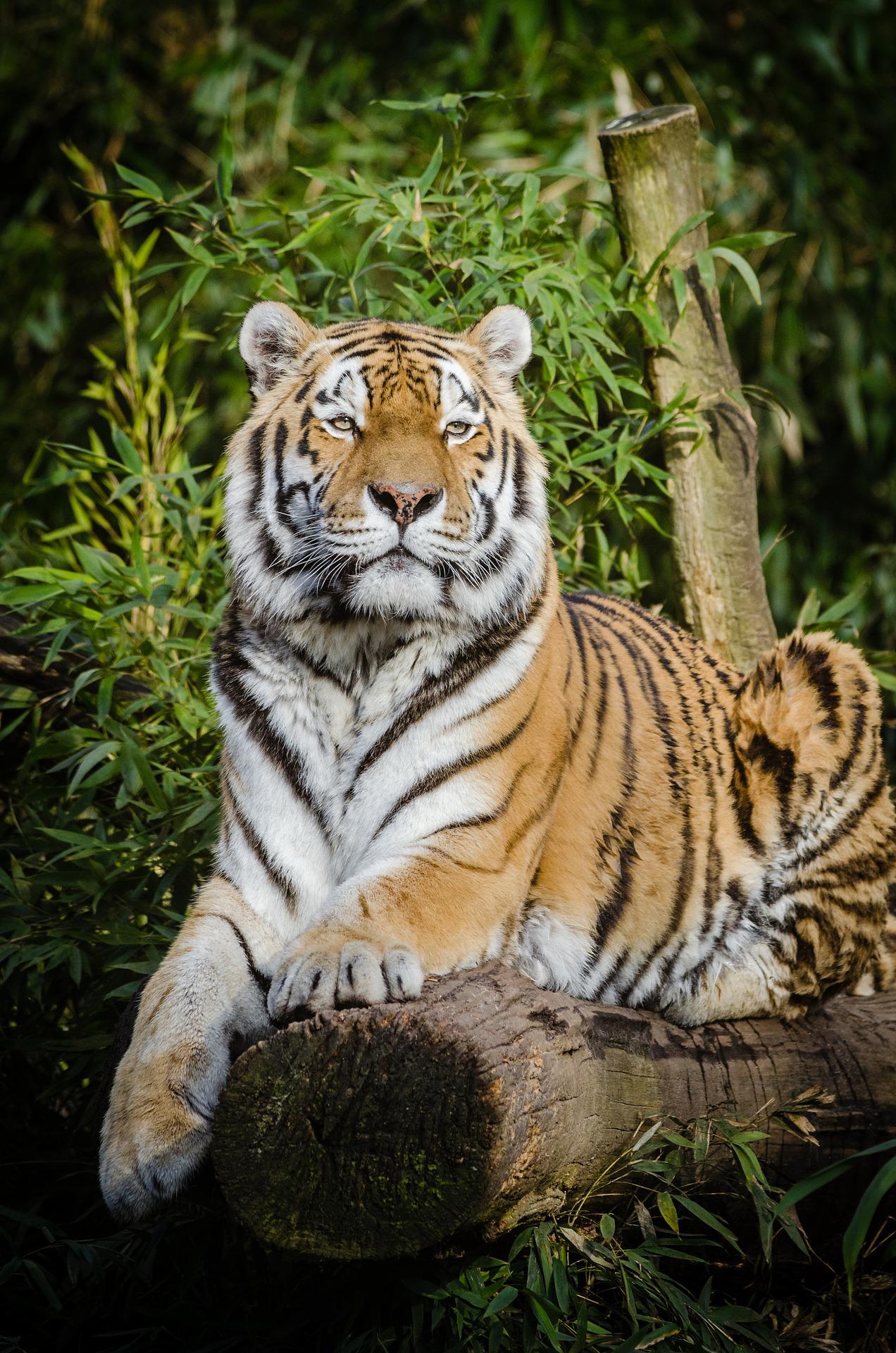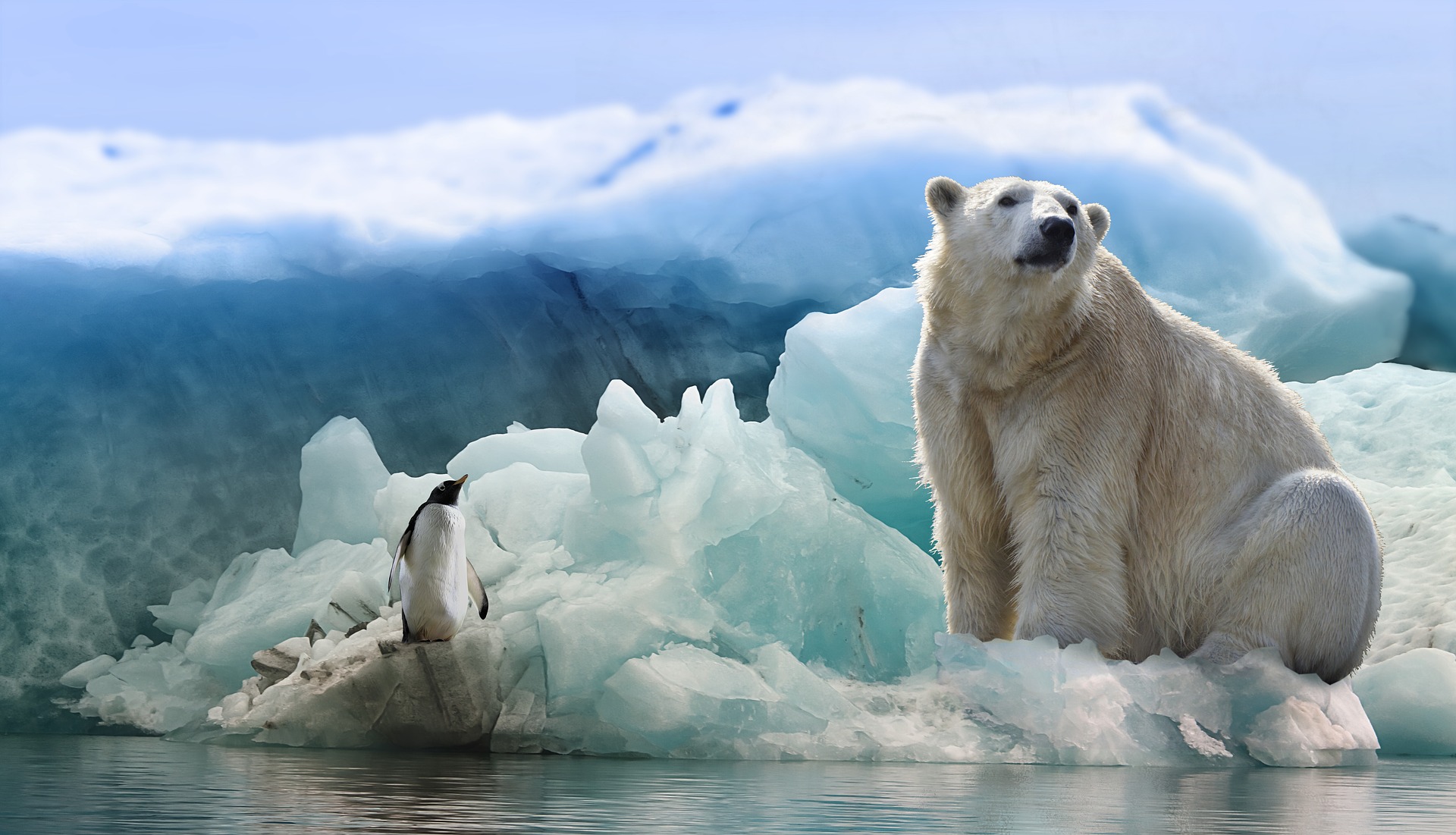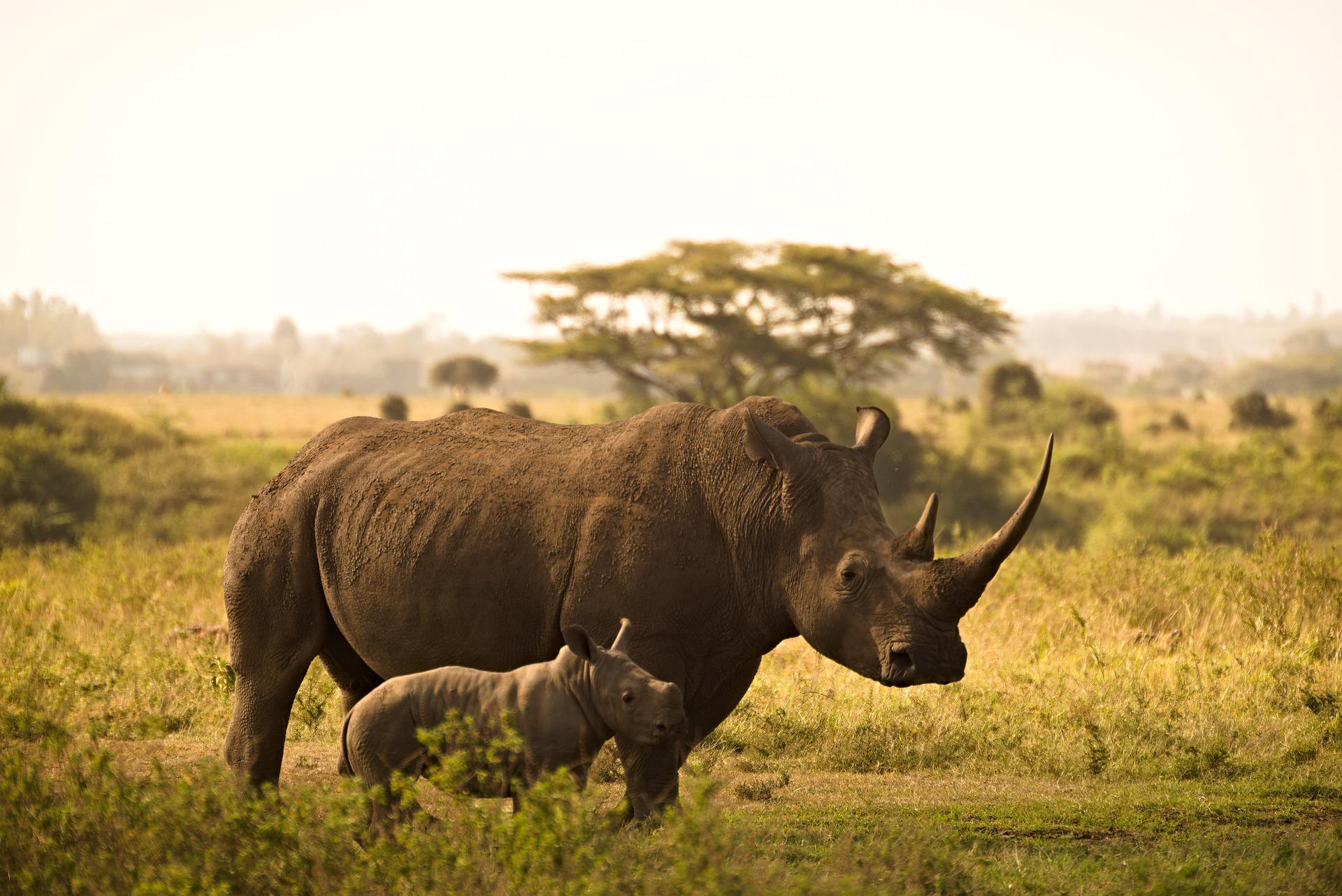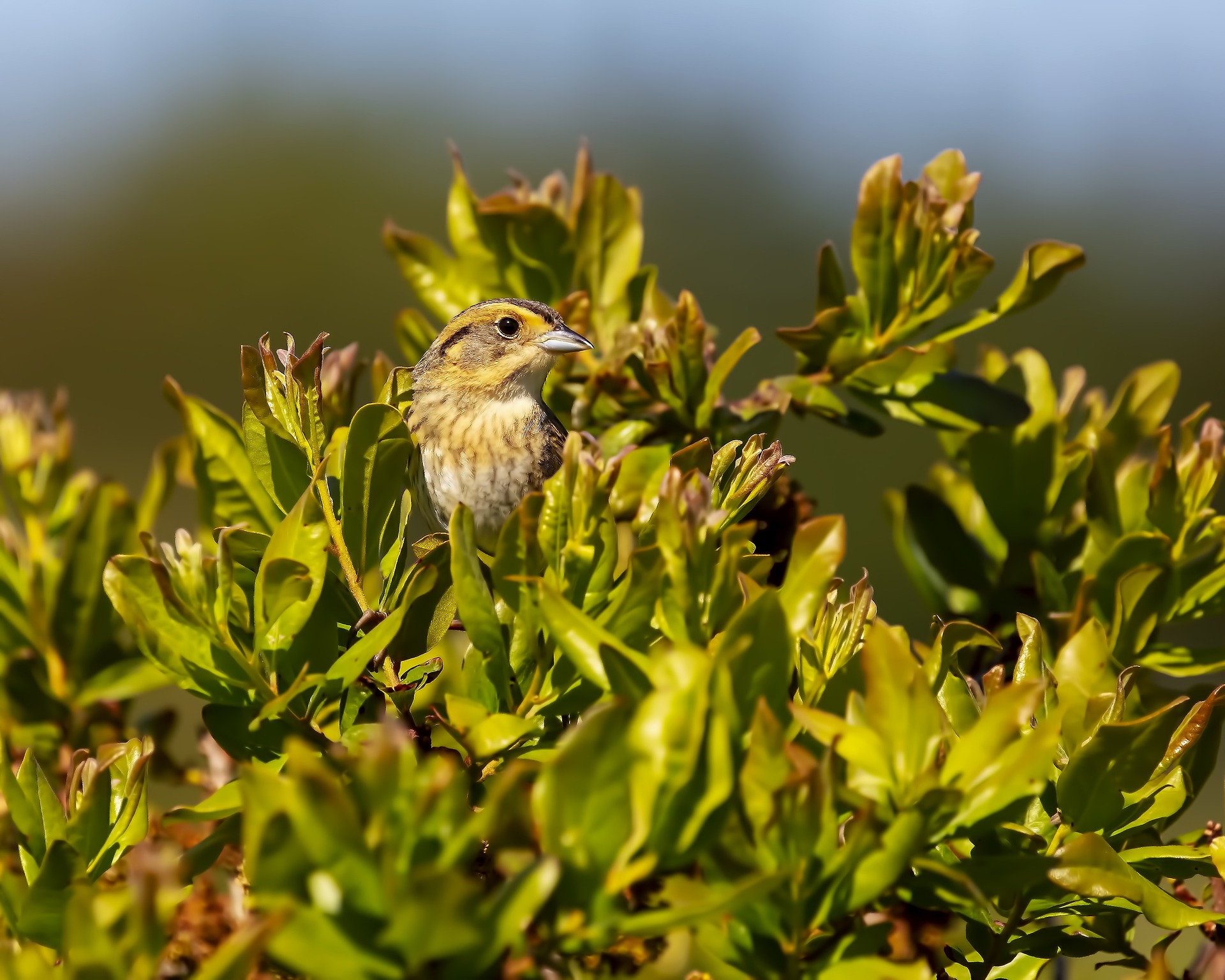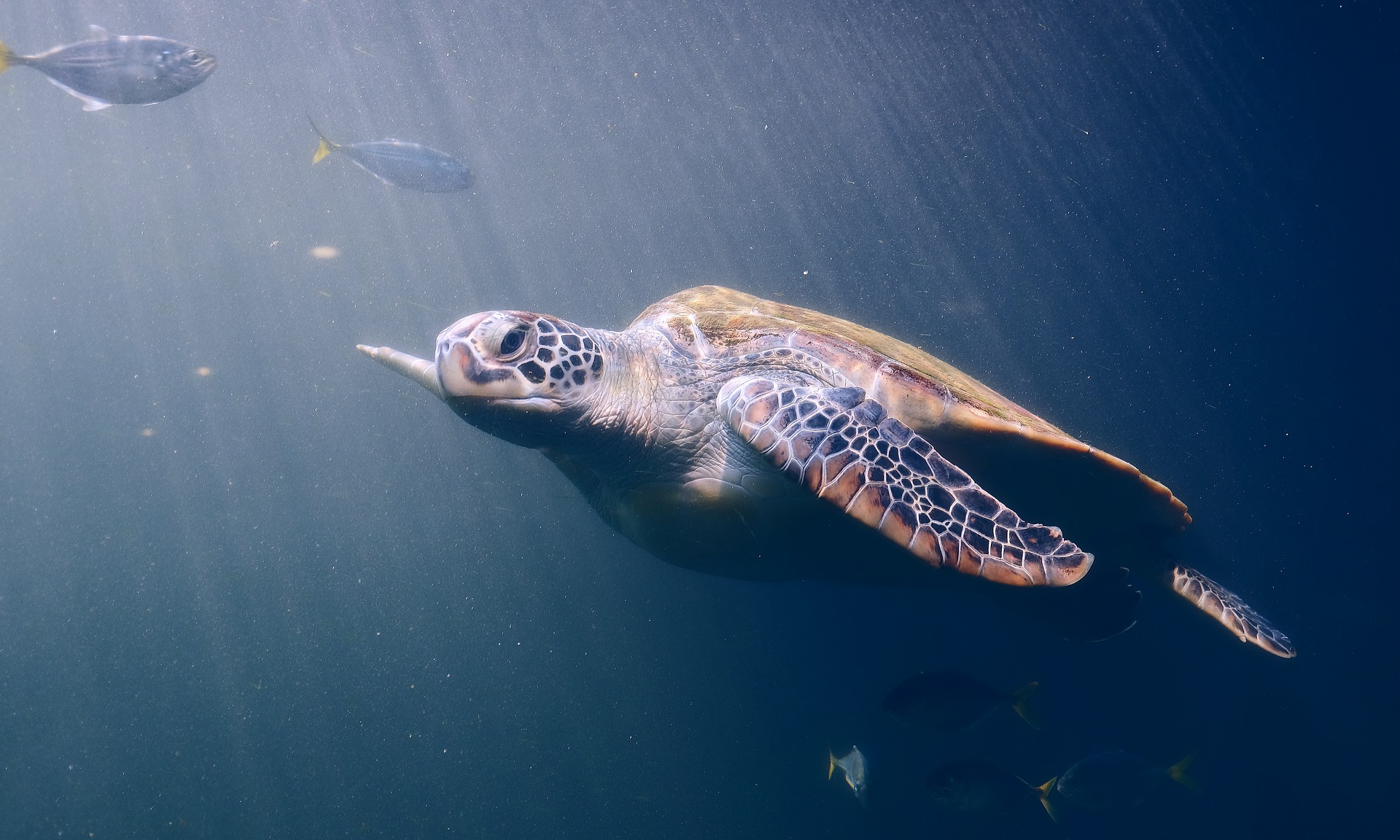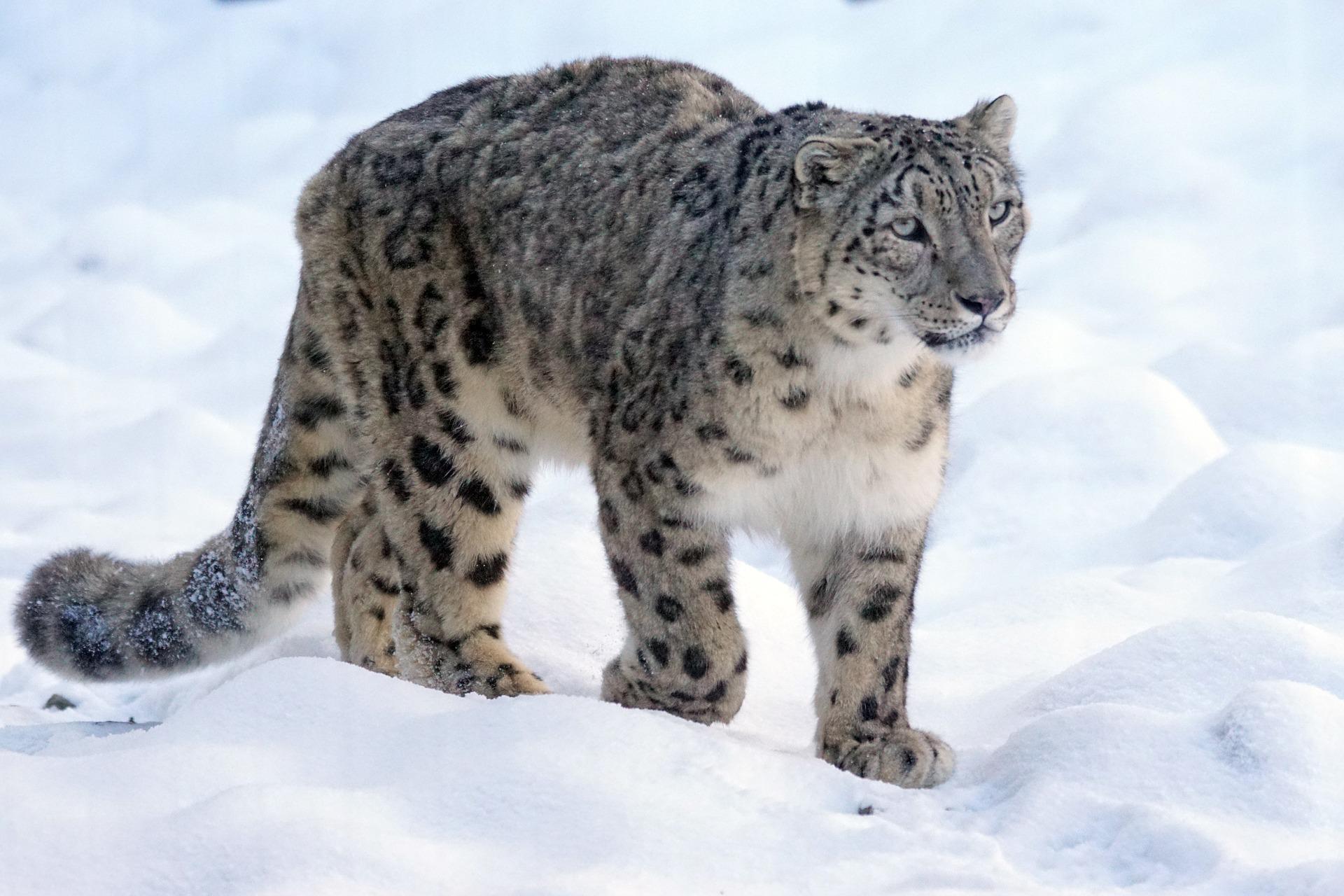Written by: Sharon Wood
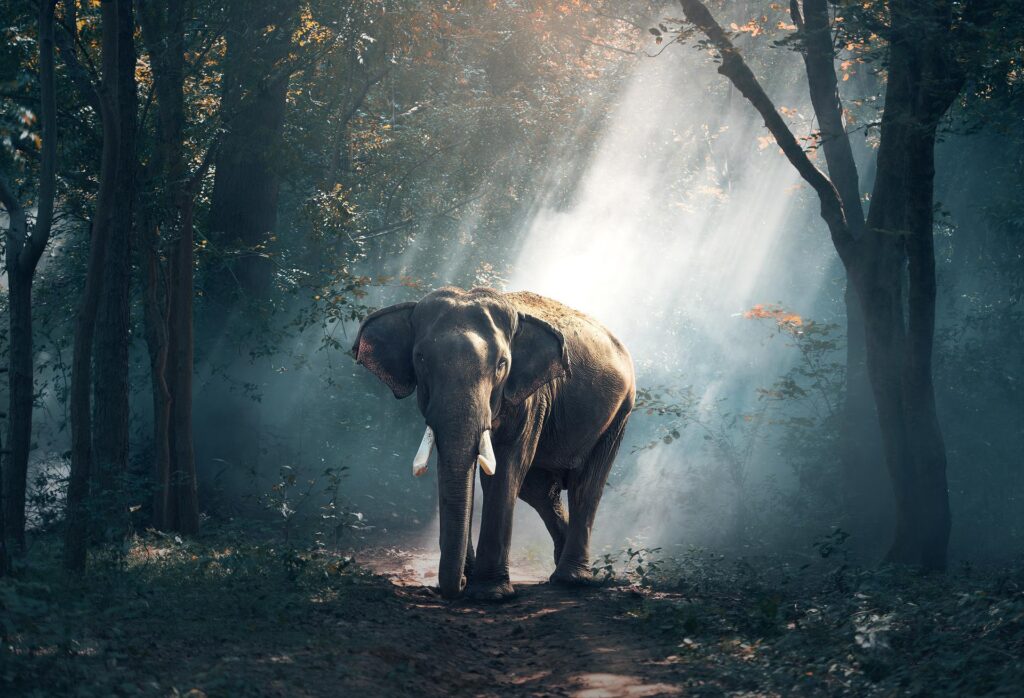
Did you know that several species of familiar animals will soon be extinct? According to a recent article by Kathleen McCleary in Parade Magazine, “Don’t Let Them Go Extinct” (Sunday, April 17, 2022) @ Parade.com, reports nearly “1 million . . . species face extinction in the coming years.” And, I believe, extinction will happen in the next few years, years that are not very far away. It is surprising to me that very familiar animals are in danger, such as the Atlantic Puffin, Polar Bear, Saltmarsh Sparrow, and Tiger (Ibid.) Also in the “gone forever” lineup are more familiar faces: Rhinoceros, both black and white; Gorilla; Orangutan; Sea Turtle; Giant Panda; Cheetah; Blue Whale; Snow Leopard; Jaguar; and Elephant. This is not a complete list, but it contains some of our most beloved animals. Which begs the question: Are we going to let this happen during our lifetime?
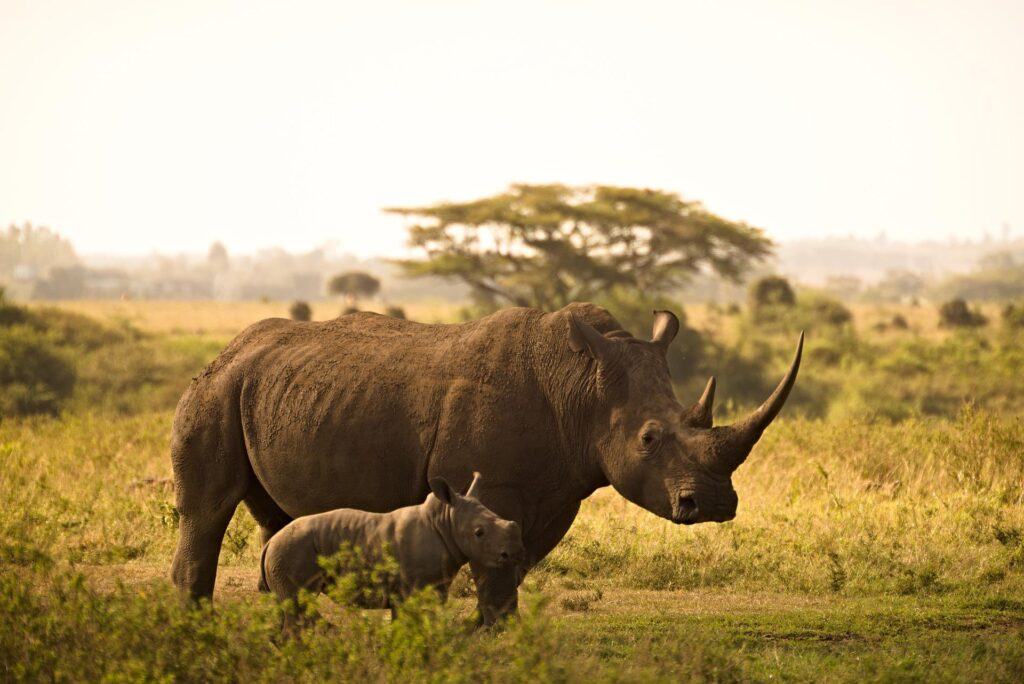
For example, the Black Rhinoceros of Africa is nearly extinct. According to World Wildlife, https://www.worldwildlife.org, a conservation organization, the Black Rhino is critically endangered. There seem to be only 5,000 rhinoceros’ left in the world. If we lose the remaining rhinos, we will have wiped out a species that might have lived with the dinosaurs! Today’s rhinos have ancestors dating back to the late Eocene period, in Eurasia, which occurred 56.5 to 35.4 million years ago, (https://www.encyclopedia.com.) The Black Rhino, as with the other types of rhinoceros, is a truly unique animal, having spent thousands of years living, and adapting, to life here on Earth. It is truly a travesty that humankind is willing to wipe them off the face of the earth in order to feed our endless appetites for hunting, gaming, sports, and ceremonies, as well as serve as a traditional food source. At this point in our history, we are more capable of raising enough food to feed the world, if we would only apply what we know, and cooperate in the effort to save ourselves and wildlife.
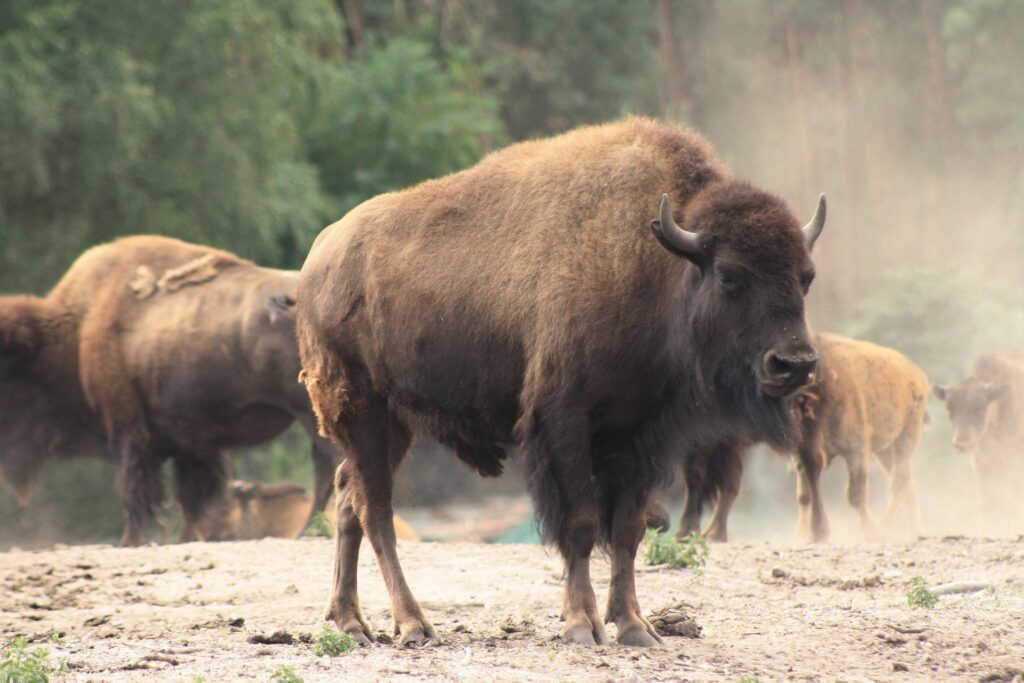
While many of the endangered animals live in the rainforests of Asia, Africa and South America, there are many notable animals that are threatened, or extinct already, that come from more northern climates. For example, the American Bison is a very recognizable icon of American history. It was predated by its ancestor “Bison Antiquus”, which roamed the plains of North America from 15,000 years ago to approximately 10,000 years ago. It became extinct, but gave rise to the modern “American Bison.” The Bison, or Buffalo (to which it is commonly referred),is a bastion of American folklore, taking its place alongside Native Americans, world-wide immigrants (cowboys and farmers, etc.) and other groups in the 17th, 18th and 19th centuries. Before the great emigration of that period, the number of American Bison roaming the Great Plains numbered in the millions. As a major food group for Native Americans, there was a balance between the hunter, and the hunted. Unfortunately, once western emigration began, the Bison were hunted almost to extinction by the late 1800s. (North American Nature, 2022. “What Caused the Near Extinction of Bison.” (https://en.wikipedia.org/wiki/Bison_antiquus.)
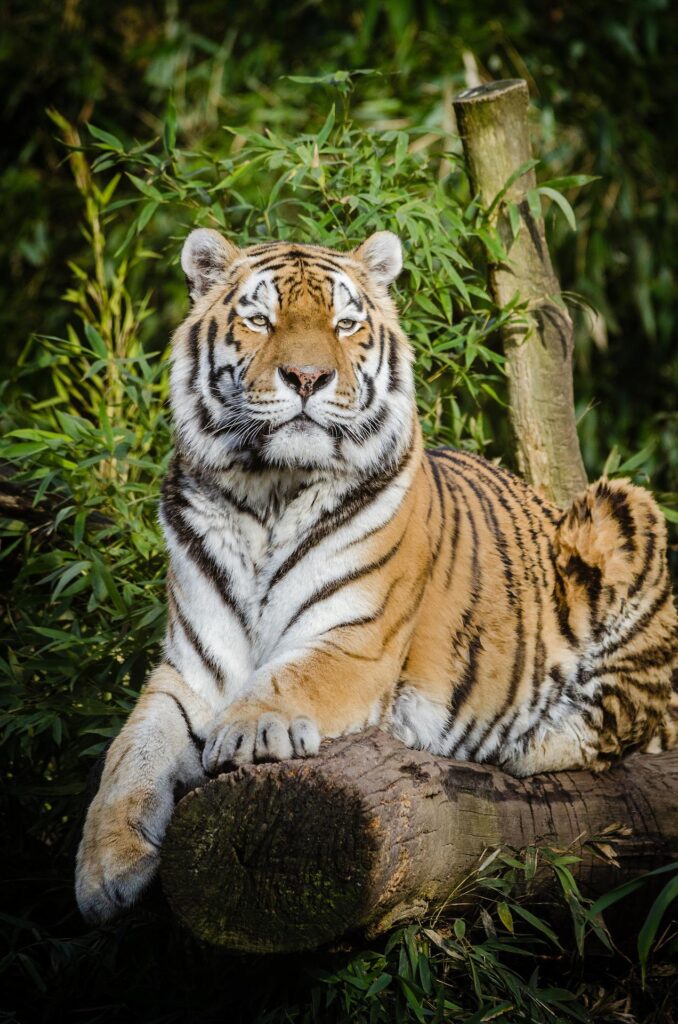
There are many ways that a species can become extinct, ranging from environmental disasters over which we have no control, to deforestation, pollution, and loss of habitat, primarily caused by humans. For example, the wholesale slaughter of elephants, rhinos and other native animals for traditional medicines, ceremonies and “bushmeat” will very soon deplete the supply for these practices, and wipe out many animal species from our world. (The term “bushmeat” refers to the meat of wild animals native to humid tropical forest regions, such as Africa, South America and Asia.) The reason people in these countries hunt their native animals is to ensure a good source of protein in their diets, and supply their communities with enough cash to live. However, if allowed to continue, these practices will destroy more than just a favorite type of stuffed animal or character in cartoons.
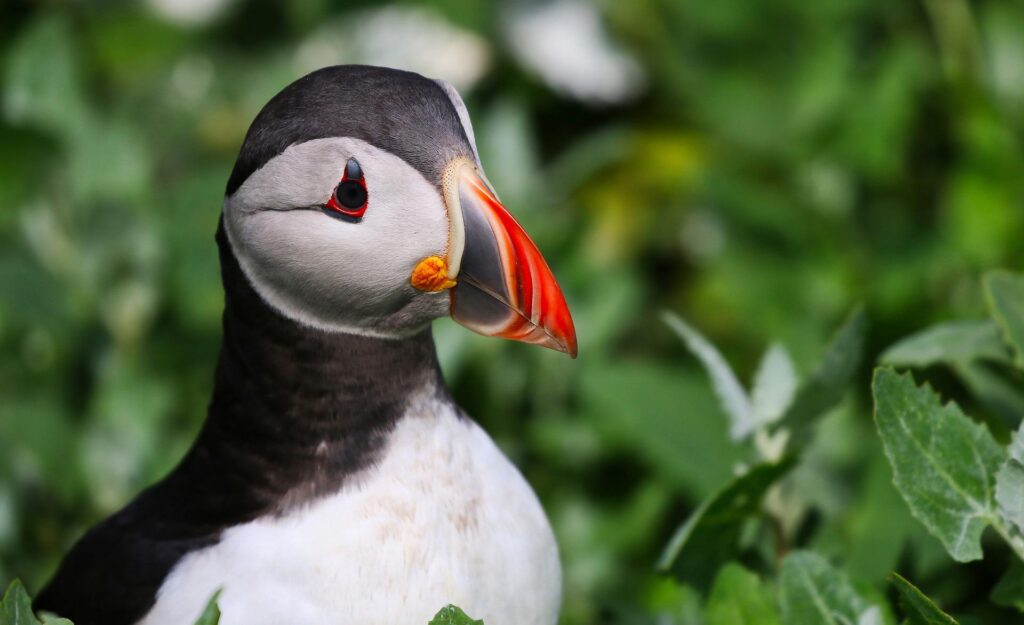
These animals inhabit a special place in our Earth’s environment, and once gone, they will never come back. It’s a high price to pay for rainforest land that, when cleared of its forestation, can be used for raising livestock and expanding agriculture to provide the local communities with food and income. While understandable and essential, it nevertheless represents an unhealthy trend of changing native humid and forested environments to resemble that of other, more arid, land in the world that can reasonably sustain livestock and agriculture. In order to effect a positive change, we need to help these native communities build business with other commodities that are a natural part of the local rainforest environment, so they can get their needs met while maintaining the beauty and bounty of their native lands.
Endangered Animals
